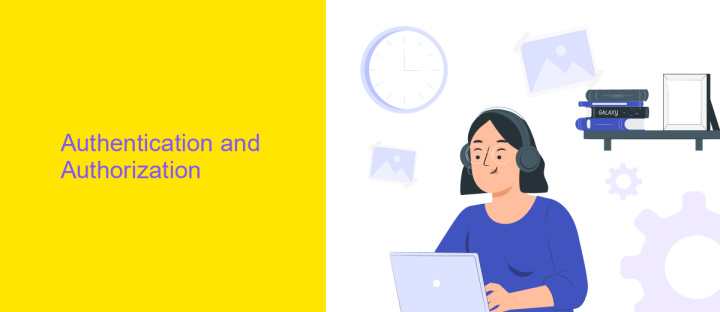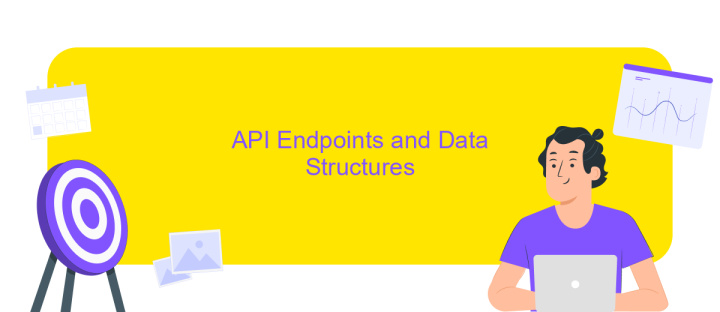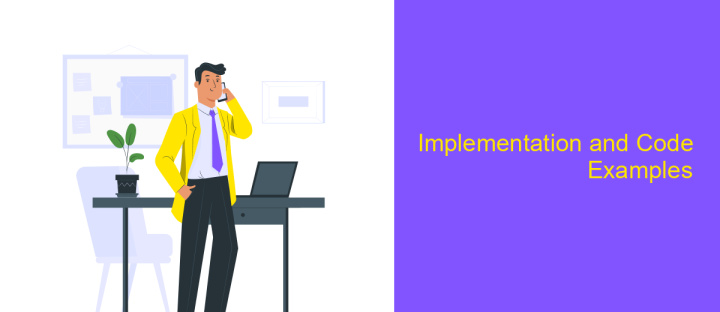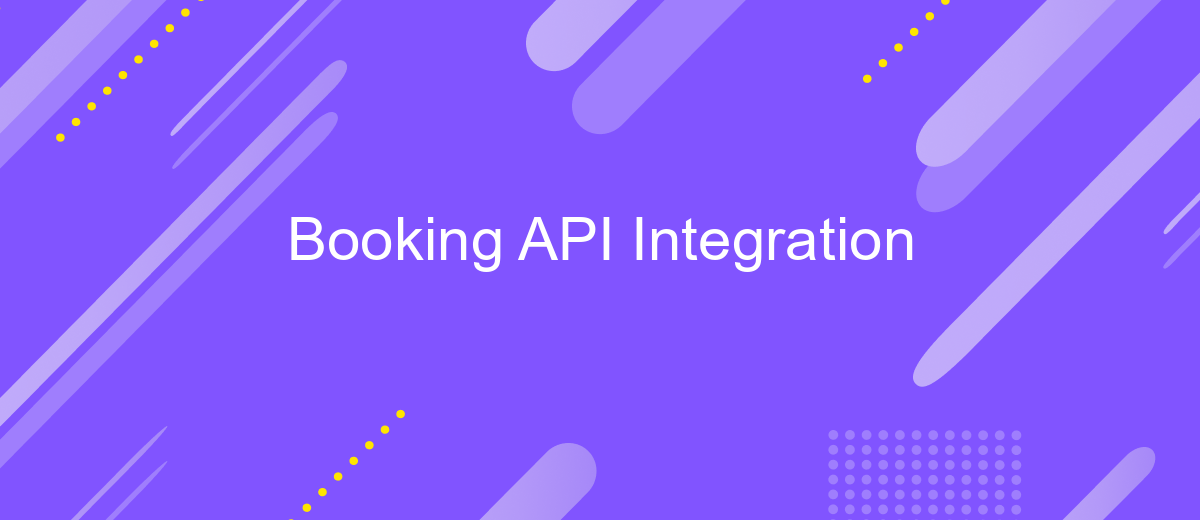Booking API Integration
In today's fast-paced digital landscape, seamless integration with booking APIs has become essential for businesses in the travel and hospitality industry. Booking API integration allows companies to automate reservations, streamline operations, and enhance customer experiences by providing real-time availability and pricing. This article explores the benefits, challenges, and best practices of integrating booking APIs, offering valuable insights for businesses looking to optimize their booking processes and stay competitive in the market.
Introduction to the Booking.com API
The Booking.com API offers a robust platform for developers looking to integrate booking functionalities into their applications. By leveraging this API, businesses can streamline their reservation processes, access a wide array of accommodation data, and offer personalized travel experiences to their users. The API is designed to be user-friendly and provides extensive documentation to assist developers in implementing its features effectively.
- Access real-time availability and pricing data for accommodations.
- Retrieve detailed property information, including photos and amenities.
- Manage bookings, cancellations, and modifications efficiently.
- Utilize advanced search capabilities to filter accommodations based on user preferences.
- Integrate seamlessly with existing systems using RESTful architecture.
Integrating the Booking.com API into your application can significantly enhance user engagement by providing a seamless booking experience. Whether you are building a travel app, a hotel management system, or any other platform requiring booking capabilities, this API offers the tools necessary to meet your needs. With its comprehensive range of features and reliable performance, the Booking.com API is an invaluable resource for developers aiming to deliver top-notch travel solutions.
Authentication and Authorization

When integrating with the Booking API, establishing secure authentication and authorization protocols is crucial to protect both user data and system integrity. The Booking API typically employs OAuth 2.0, a robust framework that enables secure delegated access. This means that third-party applications can access user data without compromising user credentials. During the authentication process, the client application requests an access token from the authorization server, which then validates the request and provides the token if the credentials are correct. This token is used to access the API resources securely.
To streamline the integration process, services like ApiX-Drive can be employed. ApiX-Drive offers a user-friendly interface that simplifies the configuration of API connections, including authentication and authorization setups. By using such services, developers can reduce the complexity of integrating with the Booking API, ensuring that all security protocols are correctly implemented without extensive manual coding. This not only accelerates the integration process but also minimizes potential security vulnerabilities, allowing businesses to focus on enhancing their service offerings efficiently.
API Endpoints and Data Structures

Integrating with the Booking API requires understanding its endpoints and data structures to ensure seamless communication. The API provides a variety of endpoints that cater to different functionalities, such as retrieving available accommodations, booking reservations, and managing user profiles. Each endpoint is designed to handle specific requests and responses, making it essential to understand their purpose and usage.
- /accommodations: Fetches a list of available accommodations based on search criteria.
- /reservations: Allows users to create, update, or cancel reservations.
- /users: Manages user profiles, including authentication and personal data updates.
The data structures used in the Booking API are primarily JSON-based, providing a lightweight and easy-to-parse format. Each endpoint returns structured data, which includes essential information such as accommodation details, reservation status, and user information. Understanding these structures is crucial for parsing responses and sending accurate requests. By familiarizing yourself with the endpoints and data formats, you can effectively utilize the Booking API to enhance your application’s functionality and user experience.
Implementation and Code Examples

Integrating the Booking API into your application involves several key steps to ensure seamless functionality. Begin by acquiring your API key from the Booking platform, which is essential for authentication and access to the API's features. Familiarize yourself with the API documentation to understand the available endpoints and required parameters.
Next, set up your development environment to handle API requests and responses. This typically involves installing necessary libraries or SDKs for your programming language of choice. Ensure your application can handle JSON data, as the API often uses this format for data exchange.
- Obtain your API key from the Booking platform.
- Review the API documentation for endpoint details.
- Configure your development environment with required libraries.
- Implement error handling to manage API response issues.
Once your environment is prepared, start implementing API calls within your application. Test each call thoroughly to verify successful data retrieval and error handling. By following these steps, you can efficiently integrate the Booking API, enhancing your application's functionality with real-time booking capabilities.
- Automate the work of an online store or landing
- Empower through integration
- Don't spend money on programmers and integrators
- Save time by automating routine tasks
Best Practices and Troubleshooting
When integrating with the Booking API, ensure that you adhere to best practices for seamless performance. Start by thoroughly reviewing the API documentation to understand its capabilities and limitations. Implement robust error handling to manage potential API call failures gracefully. Utilize OAuth 2.0 for secure authentication and always validate API responses to prevent data discrepancies. Consider using a service like ApiX-Drive for streamlined integration processes, as it can automate data transfer and reduce manual errors, enhancing overall efficiency.
Troubleshooting common issues involves identifying and resolving connectivity problems, authentication errors, and data mismatches. Begin by checking network configurations and ensuring that API endpoints are correctly specified. If authentication fails, verify your credentials and ensure that tokens are refreshed periodically. For data mismatches, cross-reference API responses with expected outcomes to pinpoint discrepancies. Utilizing logging and monitoring tools can provide insights into API interactions, helping you diagnose and resolve issues swiftly. Consistently updating your integration as the API evolves will also prevent potential disruptions.
FAQ
How do I start integrating the Booking API into my application?
What are the common challenges faced during Booking API integration?
How can I automate the integration of the Booking API with other services?
Is there a way to test the Booking API integration before going live?
What should I do if I encounter an error while using the Booking API?
Apix-Drive is a simple and efficient system connector that will help you automate routine tasks and optimize business processes. You can save time and money, direct these resources to more important purposes. Test ApiX-Drive and make sure that this tool will relieve your employees and after 5 minutes of settings your business will start working faster.


